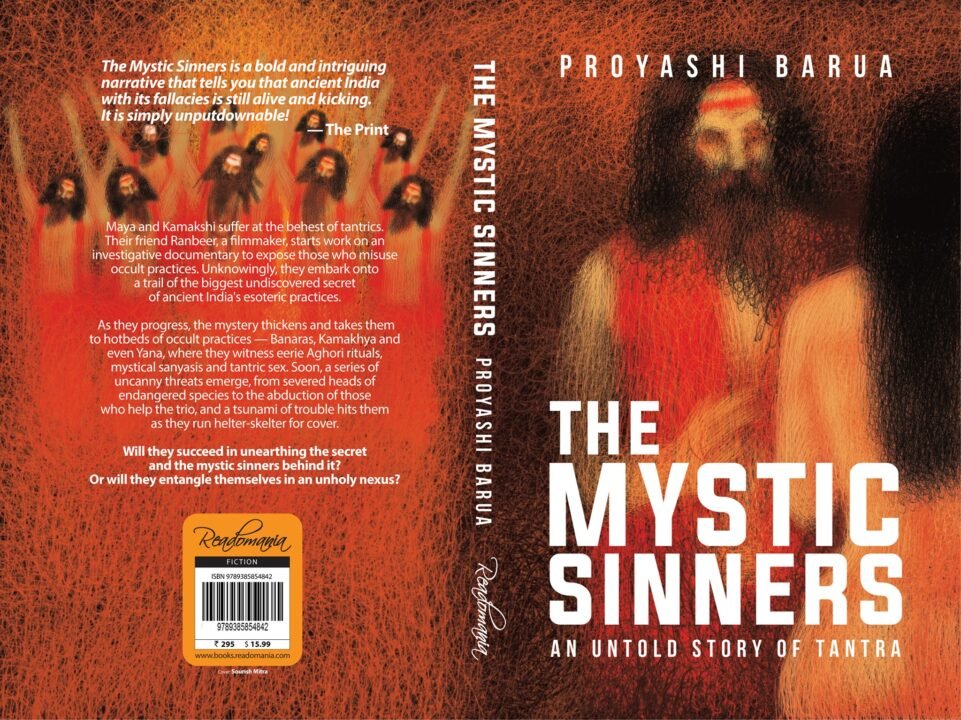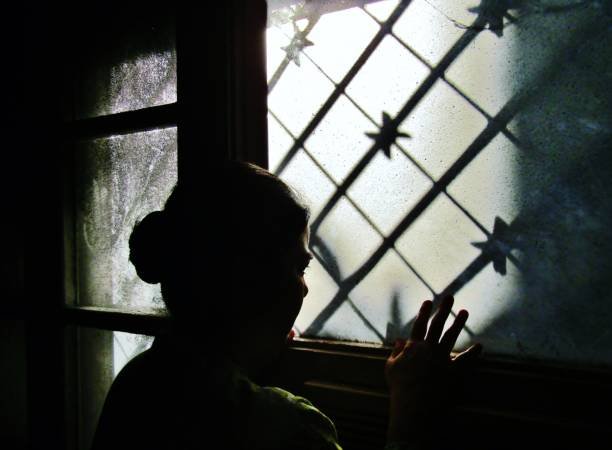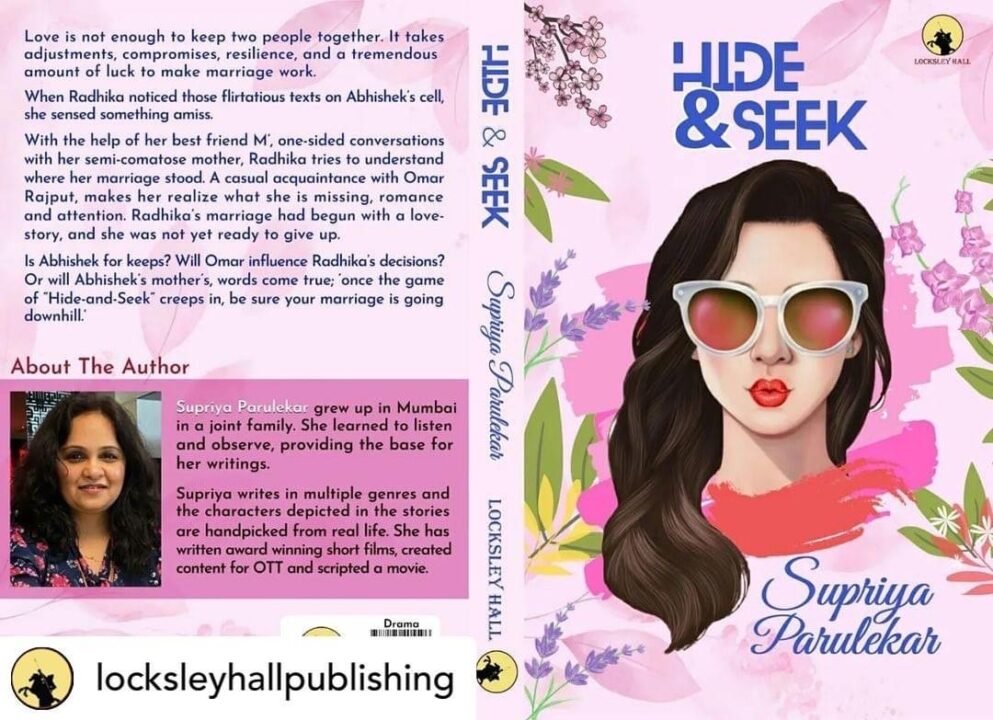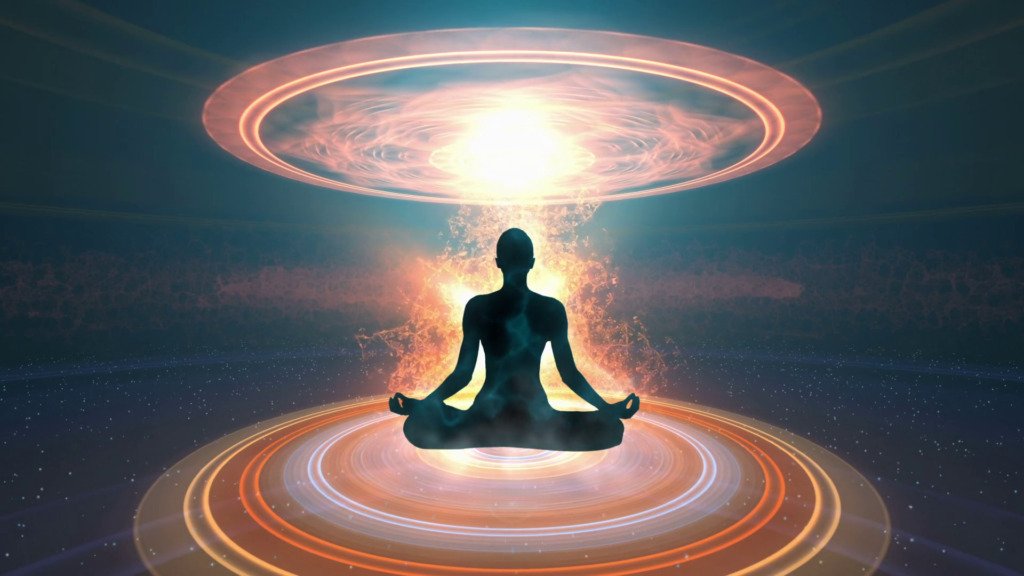By: Dr. Ratan Bhattacharjee
Tantra is always a challenging subject and in the North East nay whole of India, the study of Tantra has a special significance. It is more so when a journalist takes it in her novel as a core subject, that the book seems to be worth reading. She explores many unknown facts about Tantra in her book The Mystic Sinners. Joseph P Kauffman rightly wrote, “You are not limited to this body, to this mind, or this reality – you are a limitless ocean of Consciousness, imbued with infinite potential. You are existence itself.” Kauffman’s book The Answer is You was a guide to mental, emotional, and spiritual freedom. Tantra is an extension of this concept. Osho’s explanation of Tantra is quite interesting. According to Osho, Tantra was created. Tantra is a scientific approach. Tantra is alchemy; it can transform your centers, it can transform the other’s centers, and it can create a rhythm and harmony between you and your beloved. That is the beauty of Tantra. It is like bringing electricity into your house. Then you can turn it on and off whenever you want. In the East it is developed as a science, if one cannot find a soul mate, one can create one. That science is Tantra. Once in a while, we can find a Krishna and Radha, a Shiva and a Shakti.
And when it happens it is tremendously beautiful. But it rarely happens and Tantra is needed here to make it happen with certainty. Down the ages it is known that there are seven chakras, Yoga and Tantra have talked about them. The five centers of the body are like five knots in the body’s electric current. They can be changed and rearranged and can be given a new shape and form. Two lovers can be transformed so deeply that all their seven centers can start meeting. Tantra is here seen as the science of transforming ordinary lovers into soul mates and that is the grandeur of Tantra. According to Osho, it can transform the whole earth; it can transform each couple into soul mates. All these made Proyashi Barua more curious. She planned to explore the mystery of Tantra in her book The Mystic Sinners Many editors from national dailies who had read her manuscript of the novel were curious how Proyashi being a journalist dealt with the subject so dexterously. The Mystic Sinners will prove that these insights on the occult realm were an outcome of research and common-sense inference. Usually, this kind of research is shrouded in secrecy, and crafting it into a novel is a daring challenge. Proyashi herself informed that her preoccupation with mysticism began much before her resolve to craft the novel. While she was on a trip to Banaras in 2014, she met a clairvoyant who predicted her future by focusing his energies on the sunrays. With a mere nod in her direction, this saintly person meditated for precisely 30 seconds and told her something about our past, and present with surprising precision. Alan Watts once told,” You are the eternal energy which appears as this universe. You did not come into this world. You came out of it, like a wave from the ocean. You are not a stranger here.” This kind of mystic vision is at the root of Tantra which Proyashi tried to explore in her book. Proyashi also heard of an Aghori adept at black magic. He worships Goddess Dhumavati and can perform the Maran Kriya. Many people in Lohori Tola have killed their enemies through him.
Her mind bristled with this type of question on the sanctity of tantra. A girlfriend of mine was going through a painful personal crisis and turned towards occult intervention. She later told her that she had spent astronomical amounts on ritual fees only to discover that this tantric was an imposter who had duped several people. So, it dawned on her that even in this day and age educated, urban people take refuge in primitive beliefs in the face of adversity. And to her surprise, she discovered how a substantial number of such people are victims of the sheer audacity with which tantric, black magicians and vashikaran specialists advertise their mystic powers on the internet, in newspapers, and even on billboards in shady and inconspicuous locations.
All these inspired Proyashi to embark on her journey of writing The Mystic Sinners for she strongly believed that these con mystics who thrive by making fortunes out of people’s misfortunes need to be exposed. The story blossomed at the cusp of sheer unbridled imagination and some realistic research on the occult realm. She made a series of calls to these self-proclaimed mystics and solicited their help in resolving issues that she had cleverly fabricated. Her ploy was successful and at the end of a fortnight, she was conversant with their psychological tactics and lingo. She discovered the names of all the specific rituals that these imposters prescribed for different problems. Interestingly, in their attempts to convince her of their authenticity, many of them narrated horrific accounts of how other tantric had deceived unsuspecting clients. These accounts were fake and her insider-peeks into the world of unscrupulous tantric conflicted with an unforgettable chat on tantra that she had with an erudite Sanskrit scholar from Rome who she had interviewed while writing a feature article on Sanskrit education for a national daily. The scholar revealed that he visited Kamakhya Temple in Guwahati every year owing to his keen interest in learning about tantra shastra and the tantric mahavidyas. Every imitation follows the original and tantra is not an exception. Tantra is very real and powerful; he had countered my reasoning about tantra being an illusion of the mind. His informed perspectives on the tantric mahavidyas had been resonating in her mind and she realized that the rituals prescribed by the imposters could well qualify as distortions (of varying degrees) of these mahavidyas.
She wanted to know the truth about tantra and emailed him a series of questions on tantra. He replied with a phone call saying that her questions had kind of rattled him. But he helped her. Thus, the book is a prolonged research work on Tantra both in theoretical and practical phases. She bought books on sadhus and aghoris to understand the philosophy and explored the truth behind the mystical traditions. She also had the privilege of approaching the head of the Department of Sanskrit at Delhi University for a couple of discussions on the history and origin of tantra. Since the commands authority on the academic aspects of tantra, she could corroborate several of her inferences and insights in the course of these discussions. He had also lent her extensive reading material on the subject. No research is complete without consulting the actual practitioners of the craft and this was the most challenging bit for her as genuine tantric are extremely cagey about talking to people. Moreover, they are difficult to access. Therefore, while doing her manuscript revisions, she traveled to Banaras again in the hope of meeting a tantric. Her eureka moment came after a few days of casual ambling on the Ghats and congested alleys in the marketplace. He was just back from Tarapith and would need all the ritual paraphernalia that he had specially ordered before his next visit during Amavasya. Ishwar Das was a kali sadhak and in the hour and a half conversation that ensued she got some incredibly valuable insights on Shav Sadhana and Chakra Sadhana ̶ two very misunderstood (now tarnished) and ostracised forms of tantra. Consequently, this insight became the focal point of her novel. Being a daughter of an academician mother, Proyashi’s academic efforts in the fictional capture are indeed commendable. (The author is a senior academician and trilingual writer may be reached at profratanbhattacharjee@gmail.com)







